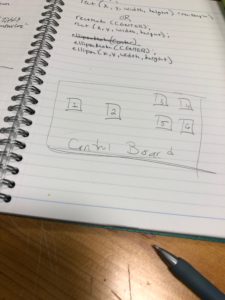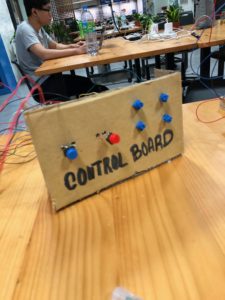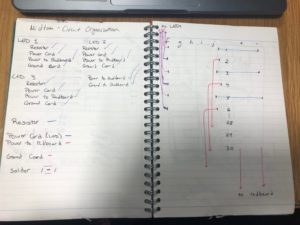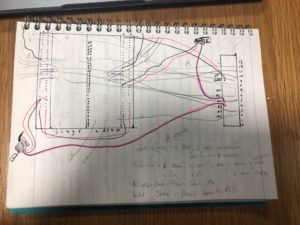This was very entertaining to read (the LED Fetishism category was my favourite)- as I was scrolling down the individual projects, I could find so many similarities with the projects that have been done in the class already (I am guilty of the gloves and dancing mat). And reading a line “What took me several weeks when I made it in 1999, could be done in about an hour today” also made very grateful for the technology that enables us to create, so much faster and push the boundaries further.
However, it’s so easy to slip into thinking that when we get an idea, we are the first ones ever to get it. And unless it’s original, we should not do it. At this point, creating something completely original and from scratch is close to impossible. It’s not shameful to make a thing that was already made before- the problem is not adding anything new and unique to it. Though the essence of an idea stays the same, there are limitless possibilities of how to implement it – yet, the balance between originality and plagiarism is again very fragile.
I was also pleasantly surprised by the consideration of inclusivity – and how flat black screen does not provide any feedback whatsoever to a blind person, as well as inclusivity in “the body-as-cursor” section. This is not a topic that I would find often in relation to arts. Designers are more inclined to be more inclusive when it comes designing interaction of everyday objects and technology. Yet for interactive art, which heavily relies on a typical anatomy of human bodies without any challenges, it’s an implication that is often not considered. It really made me think whether is it even possible to be inclusive for all within one interaction and how to keep this in mind when designing.

 wed t
wed t


